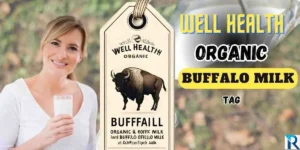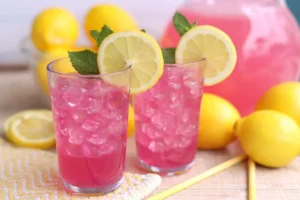FD&C colors are synthetic dyes regulated by the U.S. Food and Drug Administration (FDA) for use in foods, drugs, and cosmetics. These colors enhance the visual appeal and consistency of products. However, there is a growing interest in food colors without E-numbers due to health concerns and consumer demand for natural alternatives. This blog explores FD&C colors, their regulation, applications, controversies, and the trend toward natural colorants.
What Are FD&C Colors?
FD&C stands for “Food, Drug, and Cosmetic,” referring to synthetic dyes approved by the FDA for these applications. These colors include widely used additives like FD&C Red No. 40, FD&C Yellow No. 5, and FD&C Blue No. 1. Each color is meticulously tested and certified for safety and quality before being allowed in consumer products.
Historical Context and Regulation
The use of synthetic dyes began in the late 19th century, but significant regulation didn’t occur until the 20th century. The Pure Food and Drug Act of 1906 and the Federal Food, Drug, and Cosmetic Act of 1938 were pivotal in establishing safety standards for food additives, including colorants. The FDA’s stringent testing processes ensure that FD&C colors are safe for public use.
Applications of FD&C Colors
FD&C colors are used extensively across multiple industries:
- Food Industry:
Confectionery: Brightly colored candies and sweets rely heavily on FD&C colors.
Beverages: Soft drinks, juices, and flavored waters use these dyes to enhance appeal.
Processed Foods: Snacks, cereals, and baked goods use FD&C colors for consistency and attractiveness. - Pharmaceuticals:
Medications: Pills and syrups use these dyes for easy identification.
Supplements: Vitamin tablets and capsules often contain FD&C colors. - Cosmetics:
Makeup: Products like lipsticks, eyeshadows, and nail polishes use synthetic dyes.
Personal Care Products: Shampoos, soaps, and lotions include FD&C colors for a pleasing appearance.
Regulatory Framework
The FDA’s rigorous approval process for FD&C colors includes extensive testing for safety and efficacy:
- Certification: Each batch of FD&C dye must be FDA-certified.
- Labeling: Products containing FD&C colors must list them on their labels.
- Usage Limits: The FDA sets strict limits on the amount of each dye that can be used in products.
Controversies and Health Concerns
Despite FDA approval, FD&C colors have been the subject of ongoing debates:
- Hyperactivity in Children: Some studies suggest a link between synthetic dyes and hyperactivity in children, prompting calls for more natural alternatives.
- Allergic Reactions: Certain individuals may experience allergic reactions or sensitivities to specific dyes.
- Carcinogenic Concerns: Although generally considered safe, there is ongoing research into the long-term health effects of synthetic dyes, including potential carcinogenicity.
The Trend Towards Natural Colors Without E-Numbers
E-numbers are codes for substances used as food additives. Consumers increasingly seek food colors without E-numbers due to health concerns and a preference for natural products. Food color manufacturers are responding by developing natural alternatives:
- Natural Colorants: Beet juice, turmeric, spirulina, and other natural sources are being used to replace synthetic dyes.
- Sustainability: There is a focus on sustainable sourcing and production methods for natural colorants.
- innovation: Manufacturers are investing in research to create stable, vibrant natural colorants.
Key Players in the Industry
Several companies lead the market in producing both synthetic and natural food colors: - Sensient Technologies: A global leader in synthetic and natural colorants, known for innovation and quality.
- Chr. Hansen: Specializes in natural ingredients, offering custom color solutions to food manufacturers.
- D.D. Williamson: Focuses on natural food colors and caramel colorants, serving major food and beverage companies worldwide.
Conclusion
FD&C colors play a crucial role in the food, drug, and cosmetic industries by enhancing product appeal and consistency. However, the growing demand for food colors without E-numbers is driving innovation towards natural alternatives. Food color manufacturers are adapting to these trends, ensuring that the industry continues to meet safety standards while catering to consumer preferences for natural and sustainable products. Understanding the nuances of FD&C colors and their alternatives helps consumers make informed choices and supports the industry’s evolution towards healthier and more natural options.






